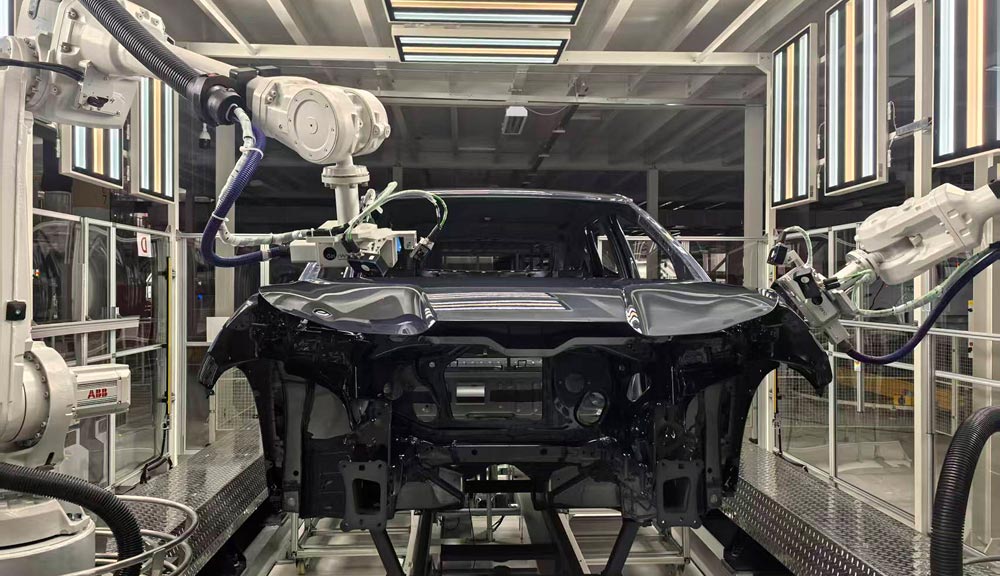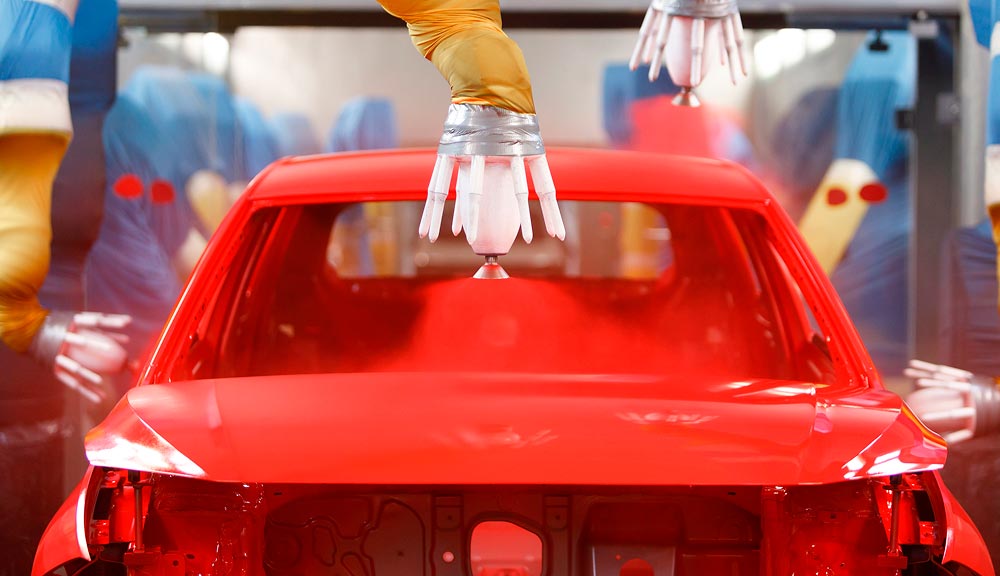In the highly competitive automotive sector, maintaining stringent quality control processes is imperative.
The existing global methods for measuring car body coating thickness have proven to be flawed, prompting the need for innovative technology to address these shortcomings.
Significant hurdles encountered in the realm of car body painting control encompass the following critical issues:
Lack of accuracy
Old methods provide thickness accuracy of 10 micrometers in each layer making the methods only good enough for production control in manufacturing processes with large safety margins.
Costly and partial manual processes
Traditional methods involve expensive and partially manual measurement processes, contributing to lack of repeatability, operational inefficiencies, and increased expenses.
Thickness measurements of the entire coating, not each layer
Current approaches often provide measurements for the total coating, being unable to quantify the thickness of each of the constituent layers and the interaction between them. This limitation hinders the ability to ensure uniform and optimal coating thickness.
Contact systems with potential damage
The reliance on contact systems poses a risk of damaging the car body coating during measurement. What is more concerning is that it may introduce errors in subsequent automated surface defect detection systems due to residual couplant liquids, thereby exponentially increasing false positives, and typically difficult to integrate into the production process since it requires adding water and air connections to the measurement cell.
Technology limitations on substrates
Many existing technologies are exclusively applicable to metallic substrates, neglecting the need to measure coating thickness on plastic and glass or carbon fiber reinforced components, materials increasingly common in vehicles due to their lightweight and flexibility.
Systems valid Only for flat surfaces
Certain measurement systems are designed for flat surfaces, overlooking the intricate and varied contours of modern car bodies. This limitation restricts the applicability of such technologies across the entire vehicle.
To overcome these challenges and enhance the efficiency of quality control processes in car body painting, there is a growing demand for advanced technologies, such as das-Nano Irys, that offer precise, non-destructive, and substrate-agnostic film build measurements. This pursuit of innovation aims to elevate the industry standards and ensure the production of high-quality automotive finishes.
> This text is an extract from the Automotive Buyers Guide for Thickness Measurement Technologies, which you can download for free here:https://das-nano.com/automotive-buyers-guide/



